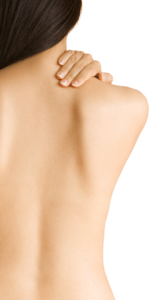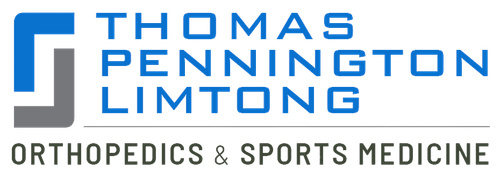 The upper arm bone head rests in a glenoid, which is a shallow socket in the shoulder blade. This head is typically bigger than the socket, and is surrounded by a soft fibrous tissue rim called the labrum. The labrum performs the role of stabilizing the shoulder joint.
The upper arm bone head rests in a glenoid, which is a shallow socket in the shoulder blade. This head is typically bigger than the socket, and is surrounded by a soft fibrous tissue rim called the labrum. The labrum performs the role of stabilizing the shoulder joint.
The rim makes the socket significantly deeper in order to allow the upper arm bone head to fit better. Furthermore, it serves as an attachment site for various ligaments. Tears related to the labrum may occur either above, below or in the middle of the glenoid socket.
The Knee & Shoulder Institute, led by sagacious board certified orthopedic surgeons Dr. Steven Thomas and Dr. Gregory Bigler provides treatments for shoulder labrum damage to patients in Las Vegas, Nevada and surrounding locations and cities in The Silver State.
Types of Labrum Tears
A SLAP lesion (Superior Labrum, Anterior to Posterior) is a tear of the rim above the middle of the socket that may also involve the biceps tendon. A tear of the rim below the middle of the glenoid socket that also involves the inferior glenohumeral ligament is called a Bankart lesion. Tears of the glenoid rim often occur with other shoulder injuries, such as a full or partial shoulder dislocation.
Symptoms
A tear in the shoulder socket rim will have symptoms that are quite similar to those of other shoulder injuries. These symptoms may include:
- Pain and discomfort, typically with overhead activities
- Locking, catching, grinding or popping
- Intermittent pain with everyday activities or night pain
- A feeling of an unstable shoulder
- Reduced range of motion
- Strength loss
Treatment
At the outset, the treatment provider may prescribe some anti-inflammatory drugs and advise the patient to take adequate rest, while a final diagnosis is made. In some cases, the surgeon may recommend rehabilitation exercises to strengthen the rotator cuff muscles. If the patient’s condition does not improve with these conservative approaches, an arthroscopic surgery may have to be performed.
At the time of arthroscopic surgery, the surgeon will assess the condition of the rim and the biceps tendon. If the injury is limited to the rim itself, without involving the tendon, the shoulder still has stability. The surgeon will remove the torn flap and correct any related issues. If the tear extends into the biceps tendon or if the tendon is detached, it indicates shoulder instability.
In this case, the surgeon will have to repair and reattach the tendon using absorbable wires, tacks or sutures. Shoulder instability may also occur in case of tears located below the middle of the socket. In this case, the surgeon will reattach the ligament and tighten the shoulder socket by folding over the tissue.
Rehabilitation
Following surgery, the patient will be required to keep the shoulder in a sling for about a month. The surgeon or the physical therapist will prescribe passive range of motion exercises in order to strengthen the biceps.
In about three to four months, the shoulder will be fully healed. Stellar, adroit, and board certified orthopedic surgeons Dr. Thomas and Dr. Bigler receive patients from Las Vegas, Nevada and nearby areas.
If you would like to schedule an appointment or learn more about the Knee and Shoulder Institute procedures & treatments performed by Las Vegas, Nevada board certified surgeons Steven C. Thomas, MD and Gregory T. Bigler, MD. call (702) 933-9393; Physical Therapy (702) 933-9393.
